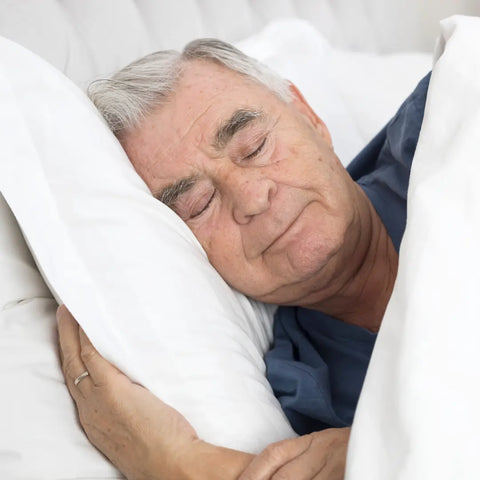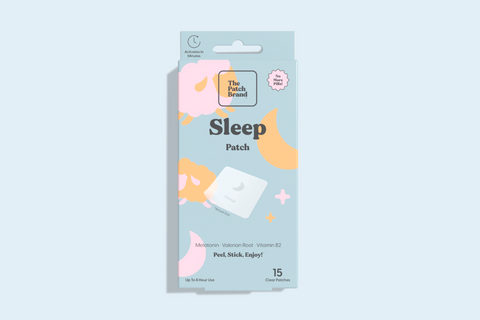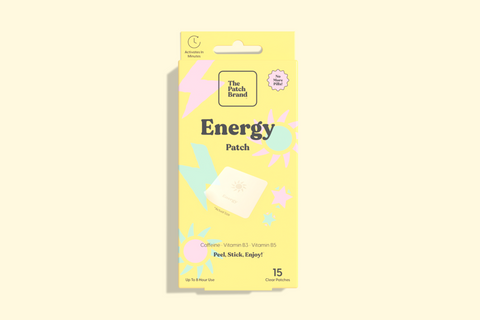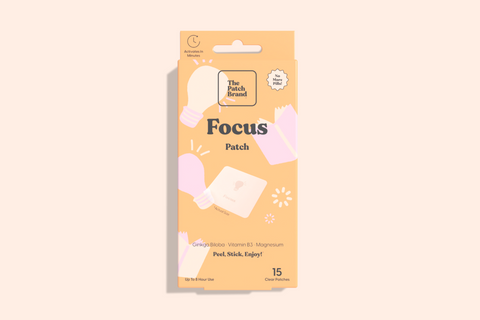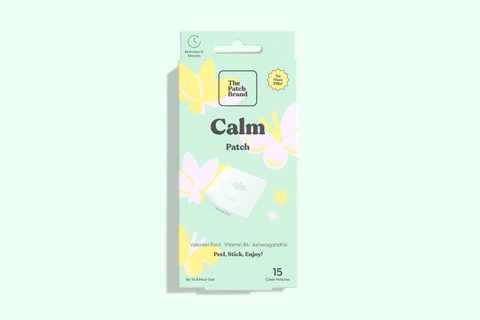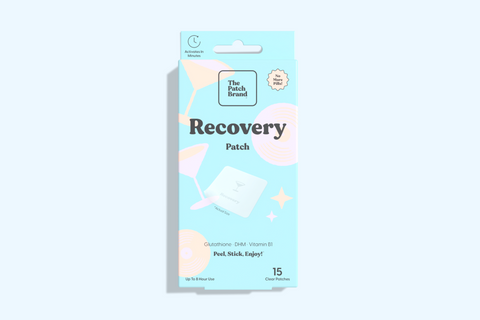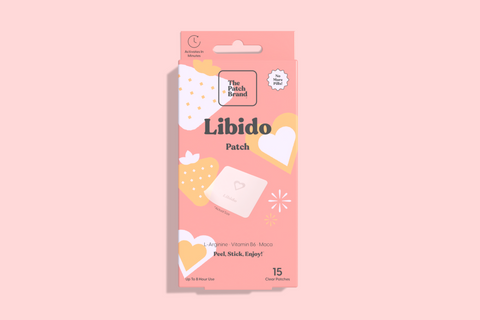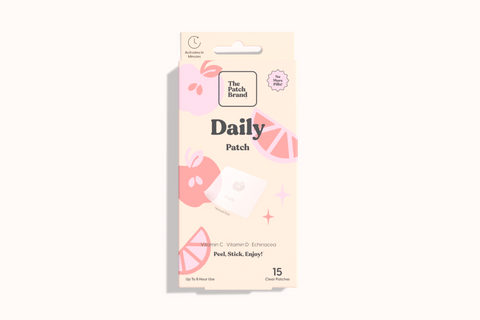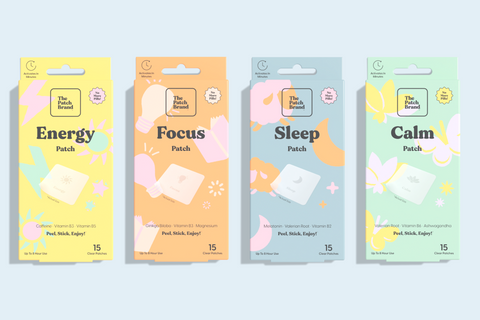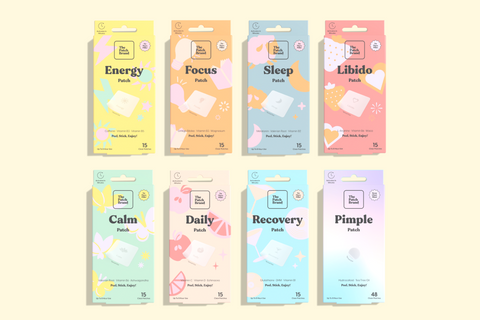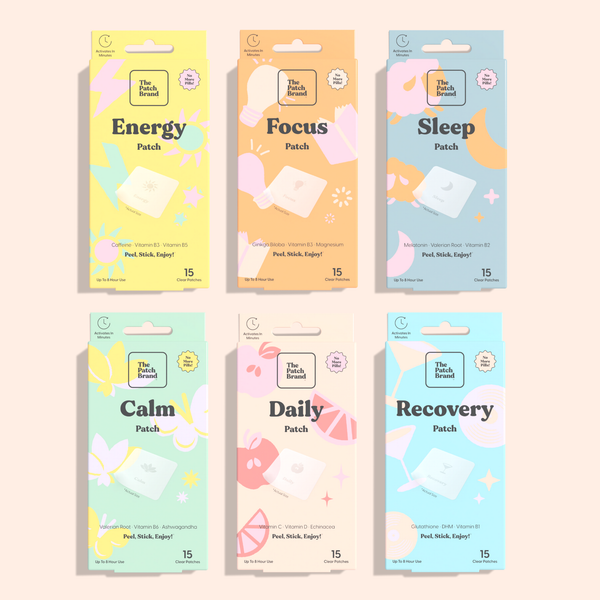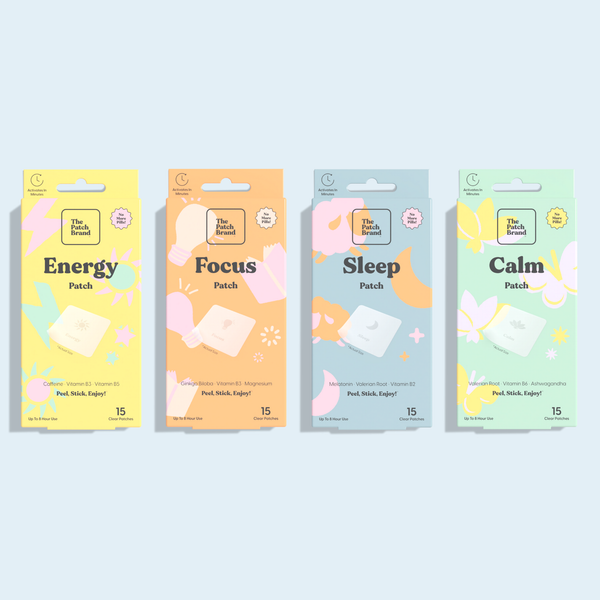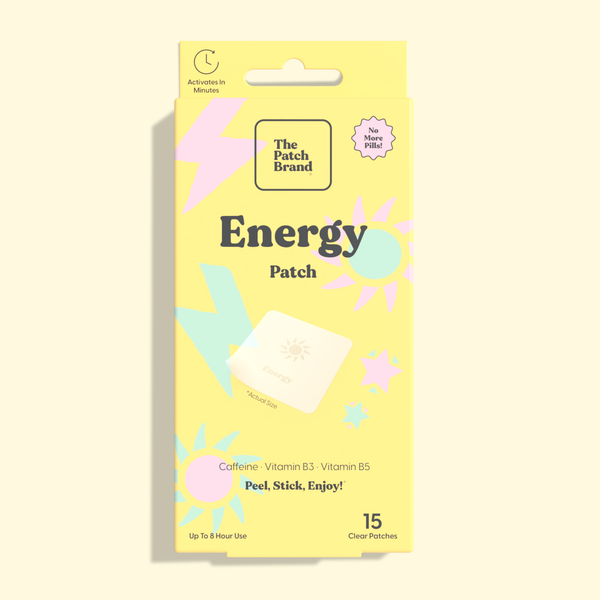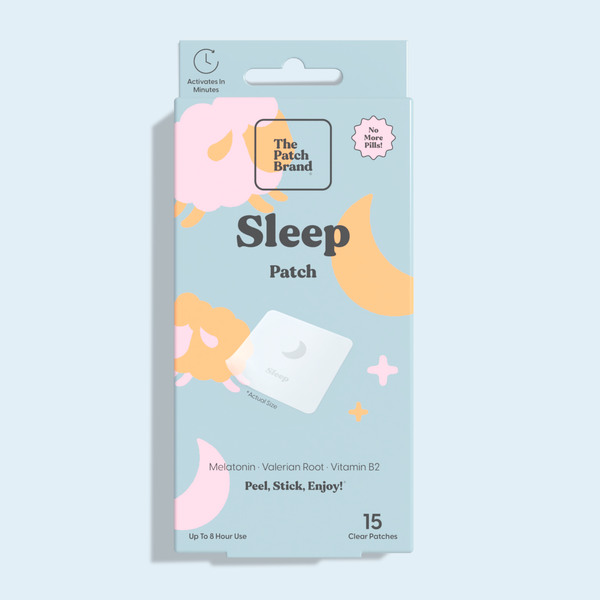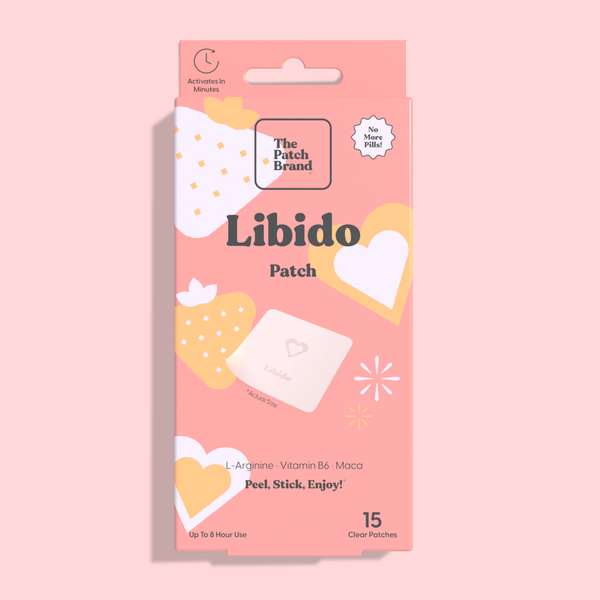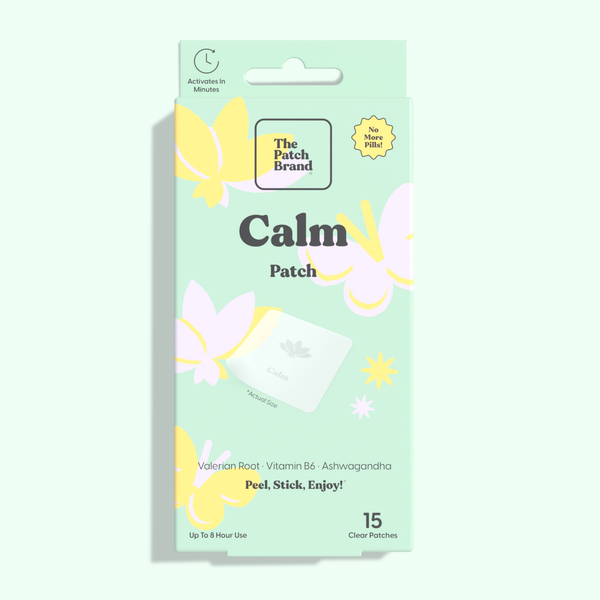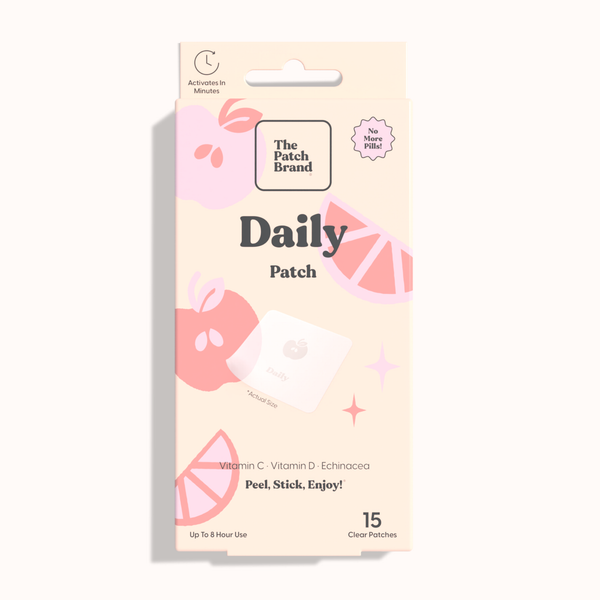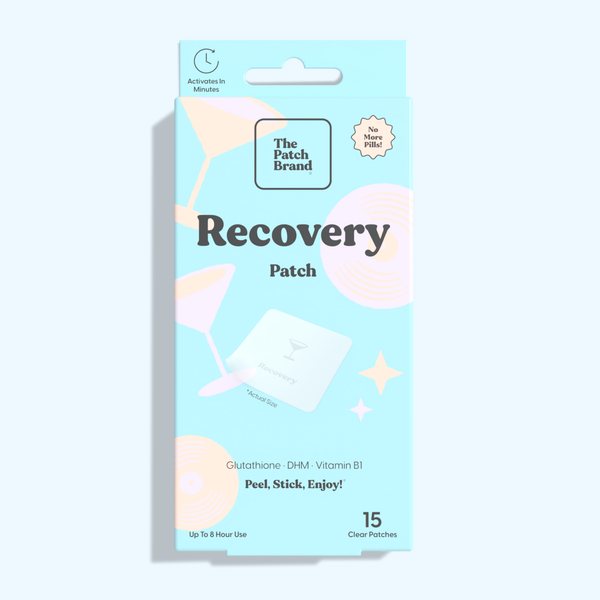As individuals advance in age, experiencing changes in sleep patterns becomes a common occurrence. Aging often brings about a decrease in the total sleep time, and the deep, restorative stages of sleep are reduced significantly. The ability to fall asleep and stay asleep can become a challenge, causing many seniors to seek solutions to improve their sleep quality.
A multitude of sleep challenges may arise as one gets older. These range from difficulty in falling asleep, waking up frequently during the night, to experiencing a shallower sleep. Furthermore, the circadian rhythm, or the body's natural sleep-wake cycle, often shifts, causing seniors to feel sleepy earlier in the evening and wake up earlier in the morning.
Amidst the numerous sleep aids available,
sleep patches have emerged as a promising solution to address age-related sleep challenges. These patches are intended to offer a steady supply of sleep-promoting substances throughout the night, assisting in both falling and staying asleep. By exploring the realm of patches for sleep, seniors may find a convenient and effective way to enhance their sleep quality, and in turn, improve their overall quality of life.
Understanding Age-Related Sleep Challenges
Changes in Sleep Patterns
As individuals age, the structure and pattern of their sleep transform. Unlike the deeper and more restorative sleep witnessed in youth, seniors often experience lighter sleep stages, which can be easily disrupted. They might find themselves waking up frequently during the night or waking up earlier than desired in the morning. Moreover, the amount of time spent in the Rapid Eye Movement (REM) sleep, a crucial phase for memory consolidation and emotional regulation, tends to decrease. These alterations in sleep patterns can be a result of hormonal changes, such as a reduction in melatonin, the hormone that regulates sleep, or due to lifestyle factors like lack of physical activity or exposure to natural light.
Causes of Sleep Disturbances in Aging Individuals
Various factors contribute to
sleep disturbances commonly observed among the aging population. Medical conditions like arthritis, heart disease, or respiratory issues can cause discomfort, leading to difficulty falling asleep or staying asleep. Medications used to treat such conditions can also have sleep-disrupting side effects. Furthermore, sleep disorders, including insomnia, sleep apnea, and restless legs syndrome, become more prevalent with age. Psychological factors, like stress or depression, can further exacerbate sleep issues. Additionally, lifestyle factors such as lack of regular exercise, consumption of caffeine or alcohol, and not having a consistent sleep schedule can also interfere with sleep.
Consequences of Poor Sleep Quality
The repercussions of poor sleep extend beyond mere tiredness. Chronic sleep deprivation can lead to serious health issues such as an increased risk of cardiovascular diseases, diabetes, and obesity. Cognitive functions like memory, attention, and problem-solving skills may decline, impacting the overall quality of life. Moreover, poor sleep can lead to mood disorders, including depression and anxiety. The immune system's efficacy also diminishes with inadequate sleep, making seniors more susceptible to infections. Therefore, addressing sleep issues is not merely about combating nighttime disturbances; it's a vital aspect of maintaining overall health and well-being in the golden years.
Delving into Sleep Patches
Defining Sleep Patches
Sleep patches are an innovative approach to overcoming sleep challenges, particularly appealing due to their ease of use. They are
adhesive patches that are applied to the skin and deliver a steady supply of sleep-promoting ingredients throughout the night. Unlike oral supplements or medications, the
sleeping patch provides a continuous release of active ingredients, aiming to support a longer, more restful sleep. Their design is focused on aiding the natural sleep mechanisms of the body, making them an attractive option for individuals facing age-related sleep disturbances.
Common Ingredients in Sleep Patches
The efficacy of sleep patches largely depends on the ingredients they contain. A prevalent ingredient found in many sleep patches is melatonin, a hormone naturally produced by the body to regulate sleep-wake cycles. A Melatonin sleep patch can be especially helpful for seniors whose melatonin production has decreased over time. Other common ingredients include various essential vitamins, minerals, and natural herbs known for their sleep-enhancing properties, such as magnesium, lavender, or chamomile. The combination of these ingredients aims to foster a conducive sleep environment, gently aiding individuals in falling asleep and staying asleep.
How Sleep Patches Work
The mechanism behind sleep patches is grounded in transdermal technology. When a
sleep patch is applied to the skin, the active ingredients are absorbed through the skin into the bloodstream, bypassing the digestive system which can sometimes hinder the absorption of nutrients. This transdermal administration method enables the consistent and continuous dispensing of sleep-promoting chemicals throughout the night. The goal is to support the natural sleep cycle, assisting individuals in achieving a restful, rejuvenating sleep, which is particularly crucial for seniors combating age-related sleep challenges.
Efficacy of Sleep Patches
Testimonials from Older Individuals
Anecdotal evidence often provides a glimpse into the potential benefits of the best sleep patches. Many seniors have shared positive experiences, stating that these patches have helped them fall asleep faster and enjoy a more restful sleep. The ease of use and the sustained release of sleep-enhancing ingredients are often cited as notable advantages over other sleep aids. Their stories reflect a growing trust in patches for sleep as a viable solution to age-related sleep disruptions.
Scientific Backing
While sleep patches are relatively new, some scientific studies underline their potential benefits. Research around transdermal delivery of melatonin, for instance, showcases a promising avenue for improving sleep quality, especially among older adults whose natural melatonin production has waned. Moreover, the slow release of active ingredients aligns well with the body's natural sleep rhythm, potentially offering a more natural solution to sleep disturbances compared to other sleep aids that might cause grogginess or other unwanted side effects.
Comparison with Other Sleep Aids
When compared to traditional sleep aids like over-the-counter medications or prescription drugs, sleep patches stand out for their non-invasive and gradual ingredient delivery. Unlike pills that can cause a sudden influx of ingredients and possibly lead to a 'hangover effect', the gradual release from sleep patches aims for a more balanced approach to improving sleep. Furthermore, they eliminate the need for nightly dosing, which can be both a hassle and easily forgotten, especially among seniors. The sleep patches represent a gentler, more natural approach to improving sleep, aligning with the body's rhythms.
Benefits of Improved Sleep with Patches
Enhanced Cognitive Function
Sleep patches can significantly enhance cognitive function, contributing to overall well-being and independence in seniors. By addressing sleep disruptions, these patches aid in achieving deeper, more restful sleep, which is essential for various cognitive processes. Here’s a detailed look at the benefits:
-
Memory Consolidation: Sufficient quality sleep plays a pivotal role in memory consolidation, the process where short-term memories are transformed into long-term ones. During deep sleep stages, the brain sorts and stores memories, making it easier to retrieve this information later. For seniors, using sleep patches to stabilize sleep patterns can dramatically improve their ability to remember personal experiences, learned information, and procedural skills. This enhanced memory consolidation leads to better recall and a richer, more accessible store of memories, which is crucial as we age.
-
Problem-Solving Skills: Sleep is also crucial for cognitive flexibility, the ability to adapt thinking to new, evolving, or unexpected events. A well-rested mind is more proficient in analytical tasks and problem-solving because sleep helps to clear brain fog and consolidate learning. For seniors, maintaining a routine of good quality sleep, facilitated by sleep patches, means they are better equipped each day to handle daily challenges. Improved problem-solving skills can lead to more independent living and a higher quality of life by enabling older adults to manage their affairs more effectively and make better decisions.
-
Concentration: Restful sleep enhances concentration and attention. During sleep, the brain clears out unnecessary information, which helps to sharpen focus for the next day. Seniors using sleep patches often experience fewer sleep disturbances, leading to improved sleep quality and duration. This can result in better cognitive clarity and sustained attention spans during waking hours, facilitating better performance in tasks ranging from simple daily routines to more complex projects. Enhanced concentration can help mitigate the common age-related decline in cognitive functions, keeping seniors engaged and active in their environments.
By improving sleep quality through the use of sleep patches, seniors can see substantial benefits in their cognitive abilities. This not only aids in day-to-day activities but also enriches their quality of life, fostering greater independence and self-reliance. Enhanced cognitive functions mean that seniors can continue to engage meaningfully with their surroundings and maintain their personal and social autonomy for longer.
Physical Health Improvements
Sleep is a cornerstone for physical health, and utilizing sleep patches to improve sleep quality can contribute to better physical health. Good sleep supports the body's ability to repair and regenerate, which is crucial for maintaining muscle mass, bone density, and a robust immune system. By aiding in achieving a night of more restful sleep, sleep patches can play a part in supporting the physical health of seniors, promoting a more active and fulfilling life.
Enhanced Metabolic Health
Metabolic health is another domain that stands to benefit from improved sleep courtesy of sleep patches. Sleep plays a pivotal role in regulating various metabolic processes including glucose metabolism and appetite regulation. With better sleep, the risk of metabolic disorders such as obesity and type 2 diabetes could be mitigated. Moreover, improved sleep can support healthier eating habits, as sleep deprivation often leads to cravings for sugary or high-carbohydrate foods. Through the gradual and consistent release of sleep-promoting ingredients, sleep patches can aid in establishing a healthier sleep pattern, which in turn, promotes better metabolic health.
Boosted Emotional Well-being
A restorative night's sleep, facilitated by the use of sleep patches, can significantly contribute to improved emotional well-being. Sleep has a profound impact on mood regulation and resilience to stress. By enhancing sleep quality, individuals may find themselves better equipped to manage daily stressors, experience fewer mood swings, and enjoy a more stable, positive mood. Over time, this improved emotional balance can lead to stronger relationships and a more fulfilling social life, which are crucial aspects of emotional well-being, particularly in the senior years.
Overall Quality of Life Enhancement
The overarching benefit of improved sleep through sleep patches is the positive impact on overall quality of life. Better sleep can lead to enhanced mood, higher energy levels, and a more positive outlook on life. By addressing age-related sleep challenges with sleep patches, seniors may find themselves enjoying a more vibrant social life, engaging in activities they love, and experiencing a general sense of well-being and satisfaction.
Potential Concerns and Solutions
Addressing Common Concerns about Sleep Patches
The use of sleeping patches may raise certain concerns, especially among individuals who have sensitive skin or allergies to adhesive materials. It's prudent to choose patches that are hypoallergenic and free from harsh chemicals to minimize skin irritation. Moreover, the efficacy and safety of the active ingredients should be well-understood. It's advisable to opt for patches that disclose their ingredient list clearly, allowing individuals to avoid any substances they might be allergic to or that could interact with other medications they are taking.
When to Consult a Healthcare Provider
Before incorporating a sleep vitamin patch into one's routine, consulting a healthcare provider is a wise step, particularly for individuals with pre-existing medical conditions or those on medication. A healthcare professional can provide personalized advice on whether sleep patches are a suitable option and how to use them safely. They can also help in identifying the underlying causes of sleep disturbances and suggest a comprehensive sleep management plan that might include sleep patches among other interventions.
Safety Measures for Using Sleep Patches
Adhering to the guidelines that come with sleep patches is essential for their safe and effective use. These patches, designed to release active ingredients through the skin to aid sleep, require careful handling and awareness. Below are detailed practices to follow:
-
Proper Application and Removal: To maximize the effectiveness and minimize risks, the patch must be applied correctly. First, ensure the skin area is clean and dry, which helps the patch adhere properly and prevents it from falling off during sleep. When applying, place the patch on less hairy areas to enhance contact with the skin. Removal should be gentle to avoid skin damage. Always follow the time guidelines for wearing the patch to avoid potential skin irritation or other unwanted side effects. Proper application and timely removal are fundamental to the patch's function and your skin's health.
-
Dispose of the Patch Properly: Proper disposal of the sleep patch is crucial for environmental protection and to prevent its misuse. Used patches still contain active chemicals that could be harmful if mishandled. Follow the manufacturer’s guidelines on disposal, typically advising you to seal the used patch in a bag before throwing it away to prevent contact with skin or ingestion by children or pets. By responsibly disposing of the patch, you contribute to environmental safety and ensure that potent substances do not cause harm.
-
Monitor Your Body’s Response: It is important to observe how your body reacts to the sleep patch. Some individuals may experience skin irritation, rashes, or allergic reactions at the application site. Others might notice changes in their sleep patterns, either positive or negative. Monitoring these responses helps in assessing the patch's suitability for you. Document any adverse effects or improvements in sleep quality to discuss with a healthcare provider if necessary, and adjust usage according to your body’s tolerance and needs.
By implementing these comprehensive steps, users can significantly enhance their experience with sleep patches. Following these guidelines ensures that you not only benefit from the intended effects of the patches but also maintain your health and safety during their use. This proactive approach to managing the application and monitoring can lead to a more effective and enjoyable use of sleep patches.
The journey through understanding age-related sleep challenges unveils the potential of sleep patches as a viable aid. These patches offer a simplistic yet effective approach to enhancing sleep quality by providing a steady release of sleep-promoting ingredients throughout the night. When tailored correctly to individual needs and used in conjunction with good sleep hygiene practices, sleep patches can significantly ameliorate sleep quality, contributing to improved physical, emotional, and metabolic health.
The exploration of sleep patches as a potential sleep aid opens up a realm of possibilities for better sleep management in seniors. With a variety of patches available, finding a suitable patch that addresses specific sleep challenges is within reach. It's an invitation to take proactive steps towards better sleep and, by extension, a better quality of life. As we have seen, sleep patches can significantly improve cognitive functions such as memory consolidation, problem-solving skills, and concentration, which are vital for maintaining independence in later years. Beyond cognitive benefits, these patches also support physical health by aiding in muscle and tissue repair during sleep, thereby enhancing overall vitality and reducing the risk of chronic illnesses. Ultimately, integrating sleep patches into a comprehensive sleep hygiene practice can elevate the standard of living for seniors, providing a non-invasive, consistent, and effective solution to sleep disturbances. This innovation not only promises to improve the quality of sleep but also to enrich the quality of life, making each day more fulfilling and enjoyable for aging individuals.


